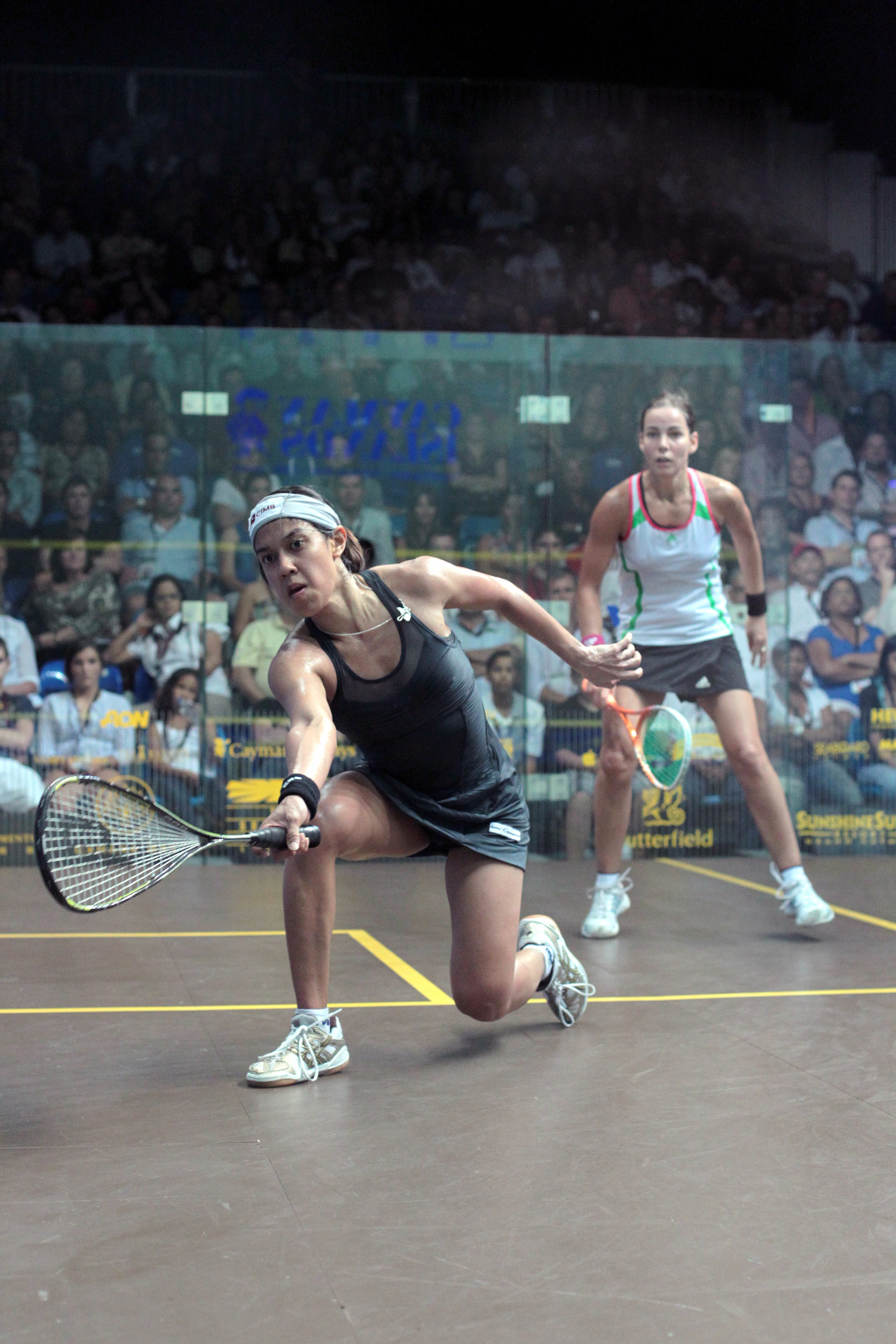
By Gilly Lane, U.S. national coach
People often refer to the sport of squash as a game of physical chess. You are constantly trying to out-think your opponent on the go. While the sport of squash is a gladiatorial battle between two players, often the toughest battle is the one that lies between their ears. This is commonly referred to as the mental aspect of the game.
Having competed on the junior, collegiate, professional, and national team level, I have personally experienced the ebbs and flows of the mental part of squash. Those players that can channel the negative emotions and turn them into positive aspects of their game, while physically pushing themselves on the squash court, are going to be the most successful.
The mental challenges are different for all levels and, as you grow as a player, you need to be able to adapt to the changing aspects of the game.
3.0
At the 3.0 level, most of the rallies are generally under ten shots with a chaotic feel to them. Most players are more worried about hitting and running than worrying about moving their opponent around in the correct manner.
A great mental exercise for players at this level is to focus on hitting the ball to the back of the court, making sure the ball bounces and hits the back wall consistently. This might seem easy, but being able to do this on a consistent basis can be both physically and mentally taxing for a player at this level.
4.0
At the 4.0 level, the points start to develop much more. There is more rhythm and accuracy involved in each rally forcing players to use their brains during each back and forth encounter. Players need to begin to think about where they are in relation to their opponents and where their opponents are in relation to themselves.
I see many players choose to hit their “favorite” shots, but mentally and tactically they are often the wrong choices. Conditioned games at this level will help with the mental training. If you structure games that continuously make you think about each and every shot you are hitting in relation to your opponent, the improvement in your game will increase at a great rate.
5.0
At the 5.0 level you see the mental part of the game as a make or break point in many matches. At this level many players have developed consistency in their shots, movement, and they structure their rallies in a professional way. It is the mental part of the game that can be the difference in a 3-2 win or a 3-2 loss.
\I see many players who look for the finish line before the game is even over. They are trying to play to eleven when they should be focusing on individual points. One of the best ways to channel that is to break the game down into smaller games of three. After every three points, take a deep breath and regroup. The points at this level of play are very physical, so breaking them down into mini sets, as I call them, will provide each player not only a physical break but a small mental break as well.


